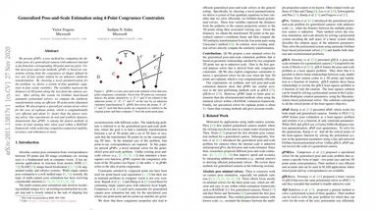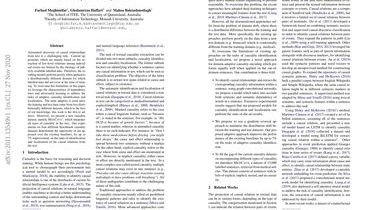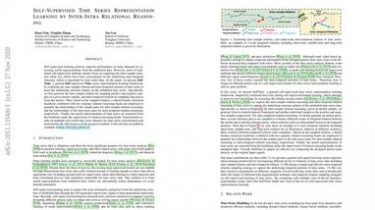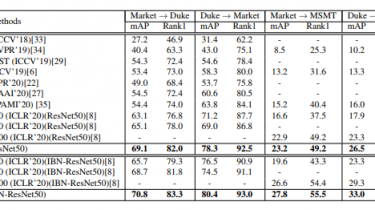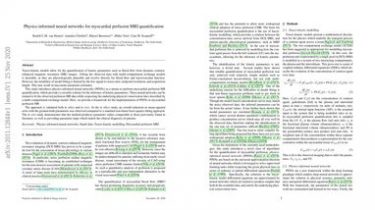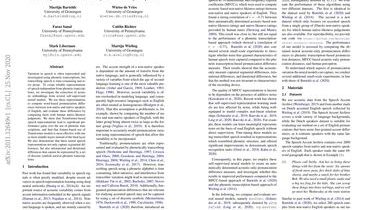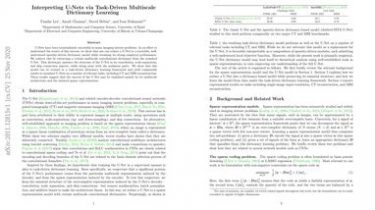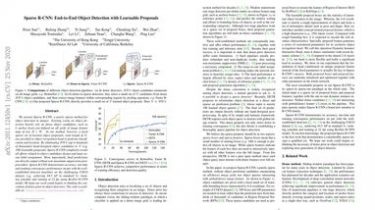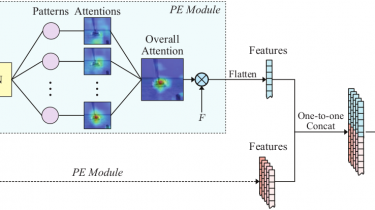Generalized Pose-and-Scale Estimation using 4-Point Congruence Constraints
We present gP4Pc, a new method for computing the absolute pose of a generalized camera with unknown internal scale from four corresponding 3D point-and-ray pairs. Unlike most pose-and-scale methods, gP4Pc is based on constraints arising from the congruence of shapes defined by two sets of four points related by an unknown similarity transformation… By choosing a novel parametrization for the problem, we derive a system of four quadratic equations in four scalar variables. The variables represent the distances of 3D […]
Read more